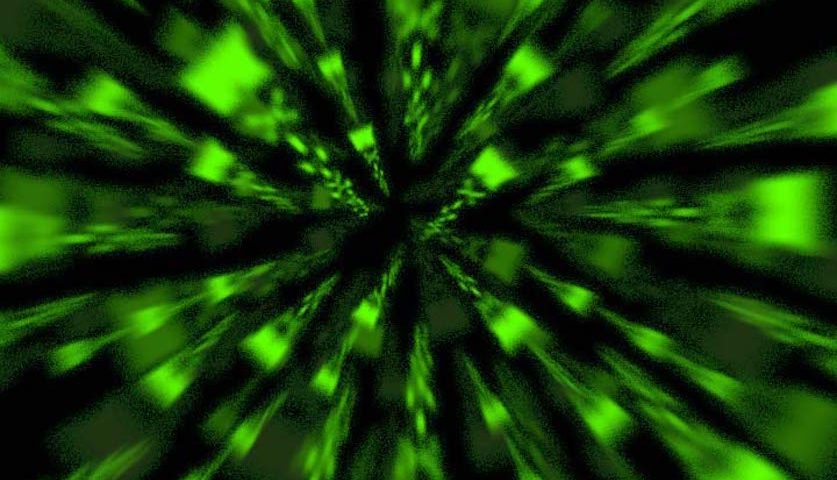
Data Warehousing Architecture and Models
September 30, 2017
Important Considerations about Bitcoin Trading
September 30, 2017Sponsored Content: Once upon a time, information was shared verbally and through paper documents. However, information technology has advanced significantly and rapidly, which means almost all communication is now done virtually. Some of this communication, however, contains sensitive information that may be used as evidence during litigation. This is now so common that eDiscovery has been developed, which is an obligation to be able to present electronic data (images, texts, videos, etc.) in criminal or civil litigation cases. Although this is now in place, many organizations still struggle with its proper implementation, and this is something Matt Knouff is trying to address.
Paper vs Electronic Documentation
It is reasonably easy to store, search, manage, and share electronic data. This is why it is now such an integral element of litigation as well. Furthermore, electronic data contains metadata, which provides irrefutable proof of who created it, and when. This is something paper documents could never do.
The Impact on Organizations
Businesses are seeing continuous increases in how much ESI (electronically stored information) they have. At the same time, regulations are becoming much tighter. Hence, businesses must be aware of how they can store ESI in a proper manner, leaving them compliant with relevant rules. The way most businesses are handling this is through third-party eDiscovery apps, and through the work of people like Matthew Knouff, who aim to educate people about the ins and outs of eDiscovery.
EDiscovery is proving to be expensive, however. For instance, in 2006, $12 million was spent by DuPont to store documents, only to find that those documents did not need keeping. Meanwhile, Merck and UBS Warburg were fined $253 million and $29.2 million respectively because they didn’t comply with eDiscovery.
The fact that there are risks associated with documents is nothing new. Every year, around 7.5 million Microsoft Office documents are created. Around 35% of all documents created by businesses contain information classed as “sensitive”. Around 25% of documents created by businesses have to be compliant with certain regulations. Yet, only around 30% of businesses have a proper eDiscovery system in place.
The Risks Relating to Documents
Documents are under constant threat, and those threats come from everywhere. This includes:
· The enterprise itself, with around 80% of files stored on shared drives and hard drives. Furthermore, businesses are resistant to change, meaning that people don’t want to move over to new technology, thereby increasing the risk.
· The employees, as human error can be very real and very serious. Additionally, some people choose not to comply with regulations.
· The customers and clients, who may choose not to meet their contractual obligations, or claim the enterprise hasn’t.
· The regulatory bodies, because their policies and procedures are still significantly lacking.
· Legal departments, particularly if they are not properly aware of new regulations.
Proactive vs Reactive
It is very important to, wherever possible, be proactive rather than reactive. In eDiscovery, this means having systems in place to properly store and retrieve documents, even if you haven’t faced litigation (yet). This is not just so that you are compliant with the rules, but also for your own protection, as it will avoid you losing in litigation because you are unable to find the information you need.







